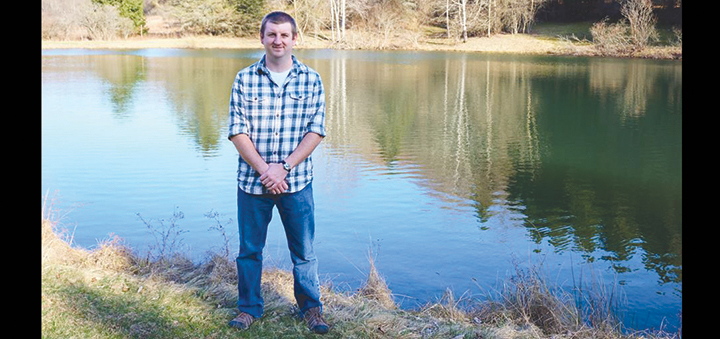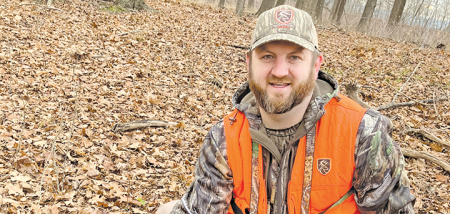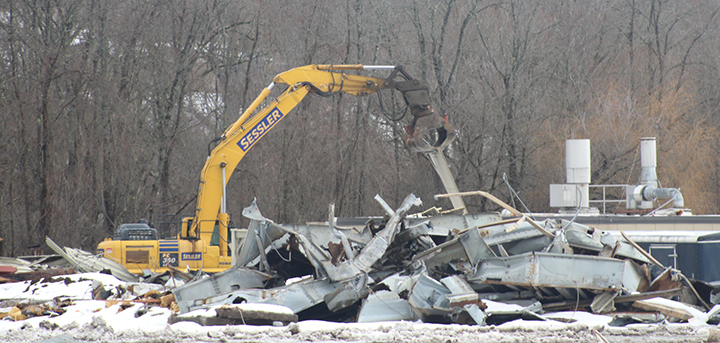Make The Most Of All The Water
Published:
October 27th, 2021
By:
Eric Davis

It appears that the rain doesn’t want to stop for more than a couple days this year. It pauses only long enough to give you a false sense of security that things are going to dry out. Before you decide to build an ark, here are some ways to take advantage of the high waters.
Duck season is open and puddle ducks, such as mallards, feed primarily on seeds in wetlands. The freshly flooded fields in many places provide a smorgasbord of food not usually available during lower waters.
It may take a day or two of scouting to find where they are going but it is worth it once you find them. Also, since the area usually is dry, the bottom will be solid compared to the soft muck usually found in swampy areas. In the aftermath of the hurricanes in 2011, one of my housemates and I hunted a flooded brush lot that was between two swamps that were the normal duck hangouts in the area.
We had no problems walking out and setting up our decoys in the waist-high waters in our chest waders. It did not take very long for us to have our limit of ducks with a surprising mix of teal and mallards. Goose season also reopened last weekend for most of the reading area of this newspaper. Flooded corn fields can be great places for a combination duck and goose hunt. Just make sure you know what area you are hunting as the limit was dropped to 1 goose per person in a large portion of the state while it remains at 5 geese per person in other areas.
If waterfowl is not your thing, the deer activity should be ramping up as the first does are coming into heat any day. The question is: what happens to deer when it floods? The short answer is almost nothing changes. They have to keep eating to get ready for winter and they have to have bedding areas to stay away from predators.
The major change is if their bedding area gets flooded, then deer with leave the area. Extended flooding in feeding areas can also push deer out of an area as the deer must then all compete for a reduced food source.
Research in the South has shown that adult bucks almost always return to their home range once the high water recedes, so you may have to wait it out if the area you hunt is flooded. If you have high ground to hunt, you could see an uptick in deer from those displaced in lower elevations. Be prepared to call to bucks as they can be very receptive to calling in this phase of the rut.
The highly saturated ground and wet leaves can allow you to stealthily make your way through the woods or in fields. Standing cornfields provide deer with cover and food, making it so they don’t leave the cornfield. Still hunting row by row can allow you to spot a bedded deer and then stalk up a nearby row to get within bow range. Make sure to stalk into the wind so the deer don’t smell you before you get to them.
If you are waiting for crossbow or firearm season, this weekend would be a good time to check on stands or ground blinds since you can move around with more stealth. Even if you do bump deer, there is time for things to calm down before you’ll be back in the woods.
If you have the opportunity, use a covered shooting area to sight in your crossbow or firearm so that it is ready for opening day. You could also use the weekend to wash your gear and make sure you have everything you need. That way if you find something is missing you have time to replace it before you need it.
Author: Eric Davis - More From This Author
Comments





